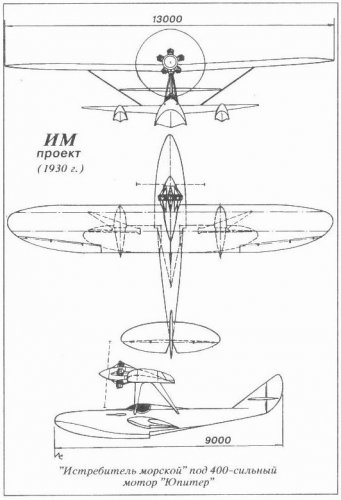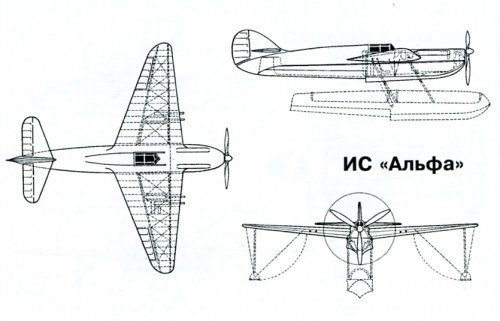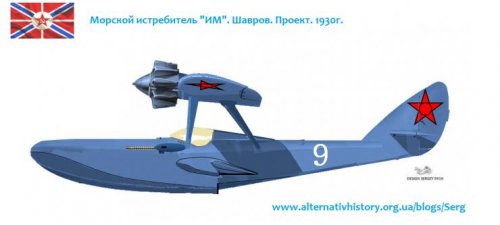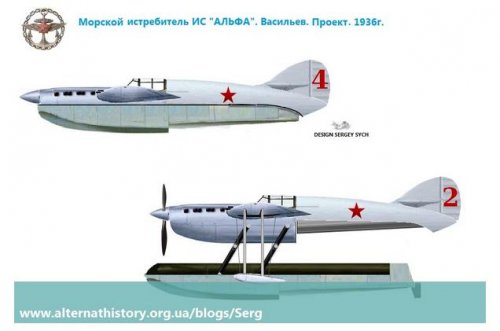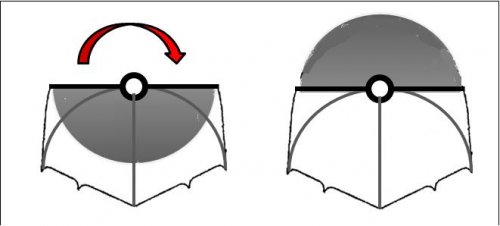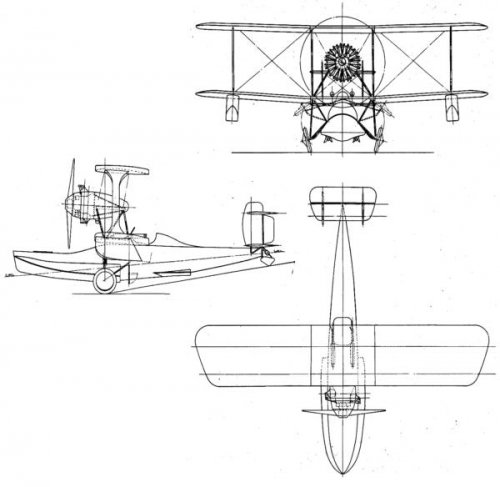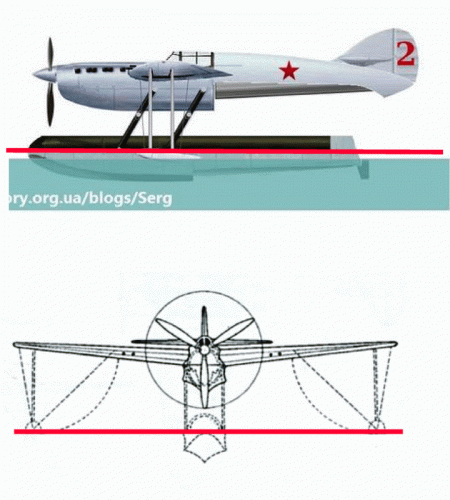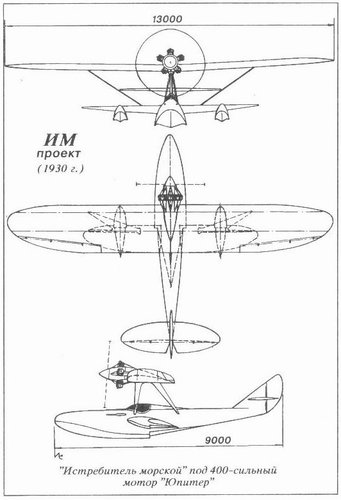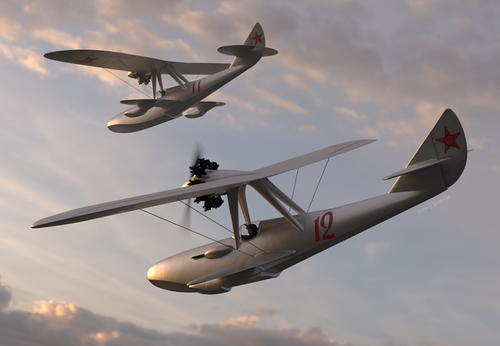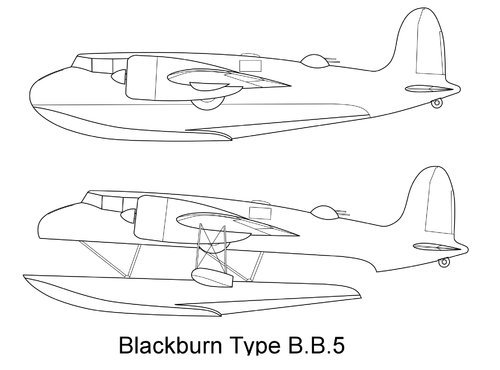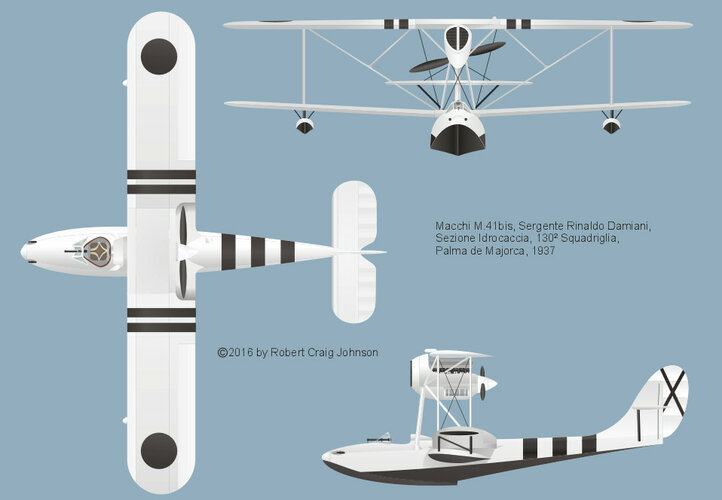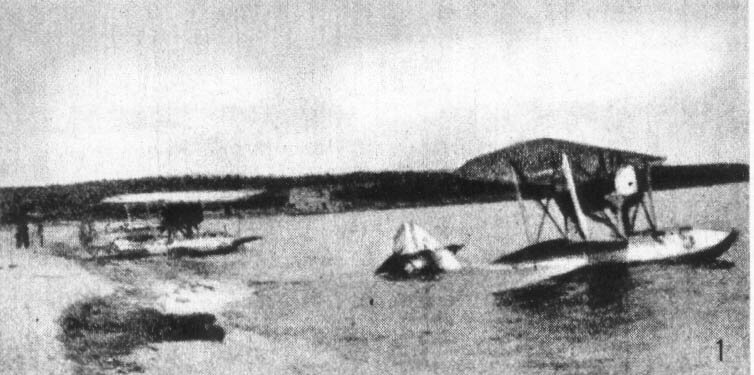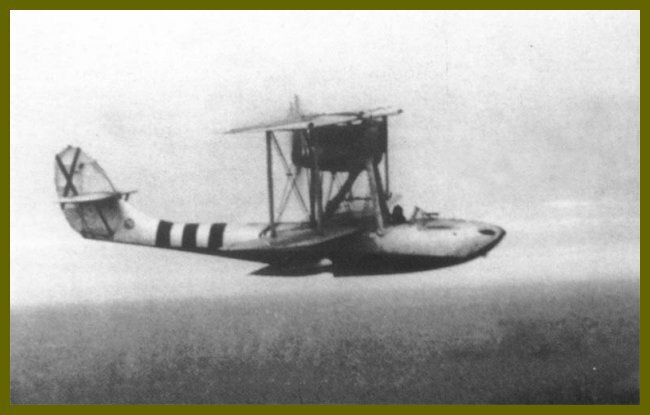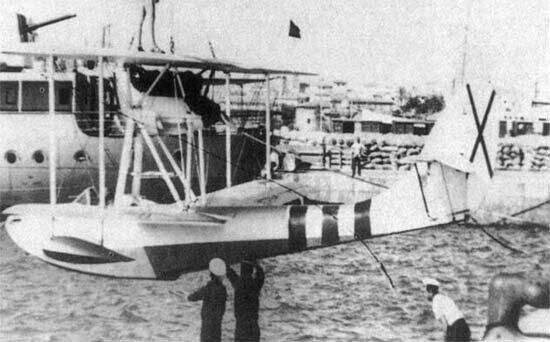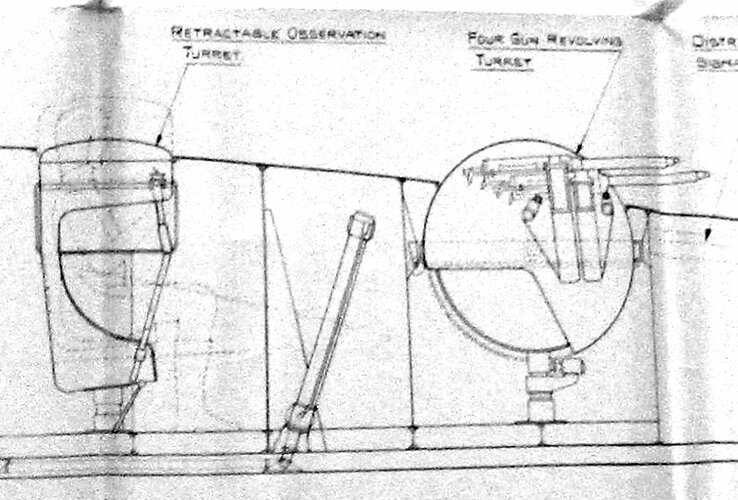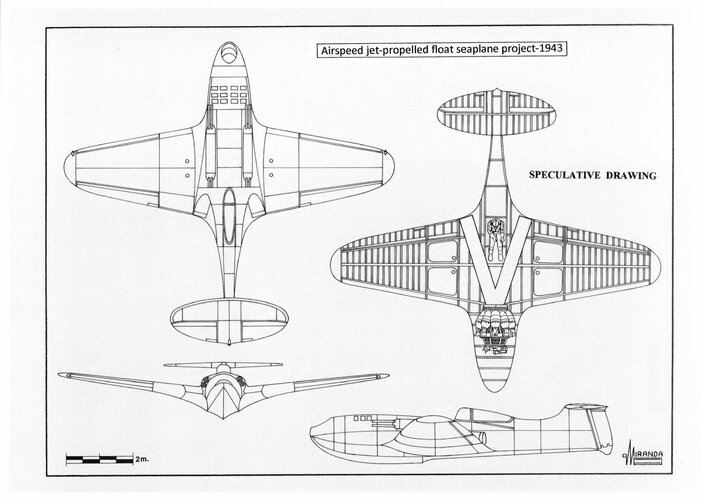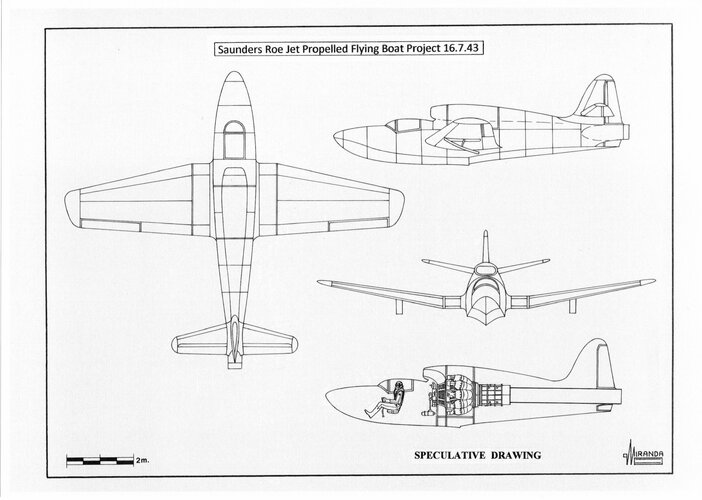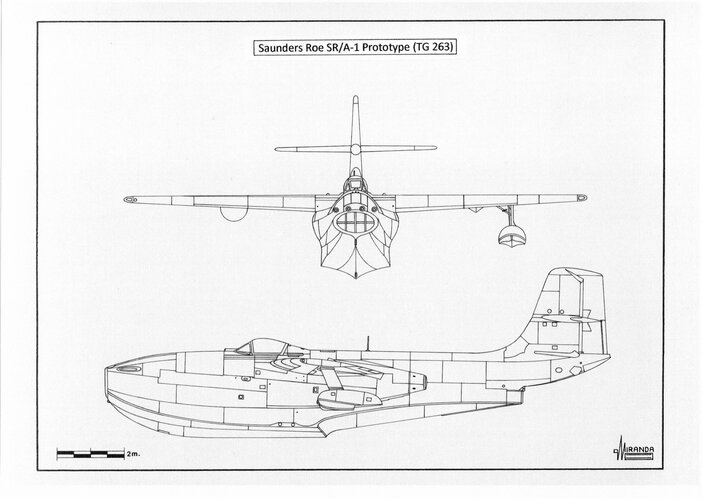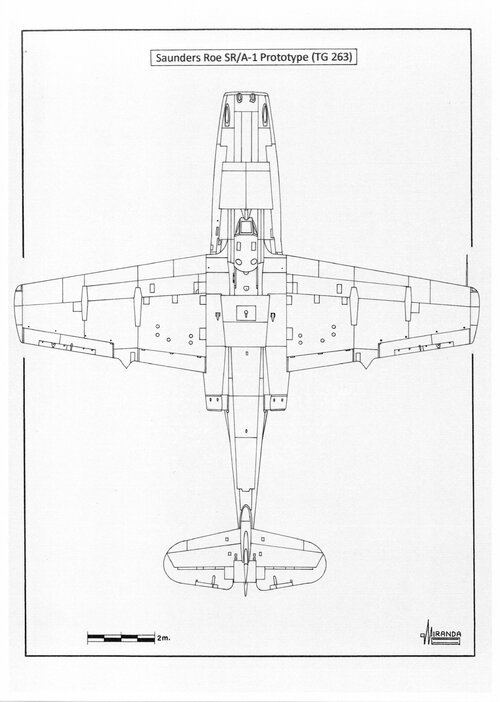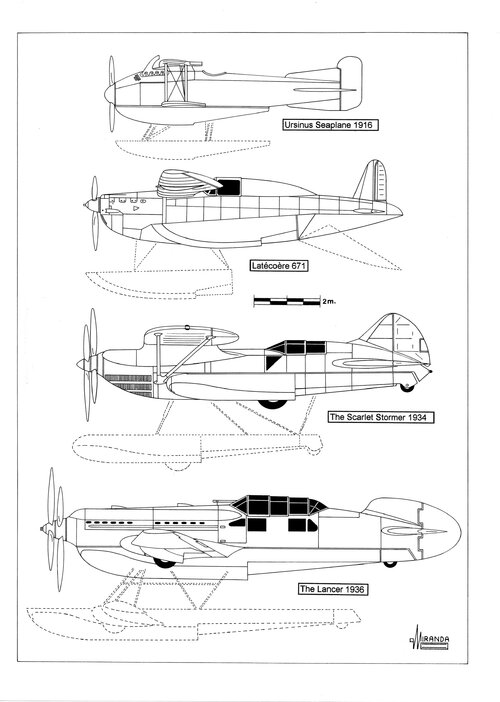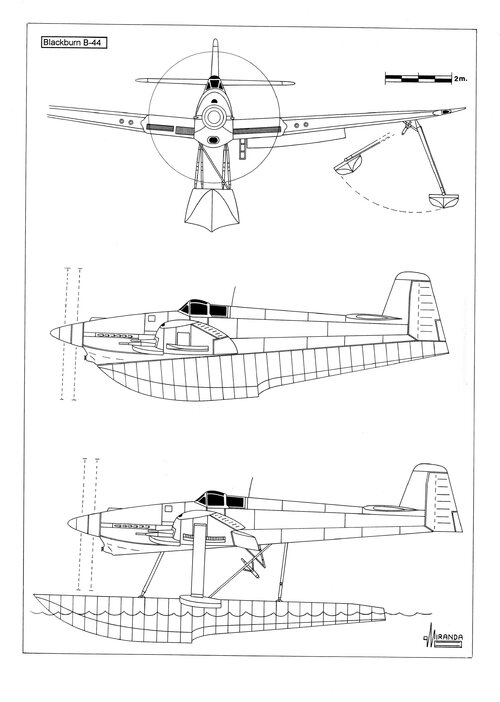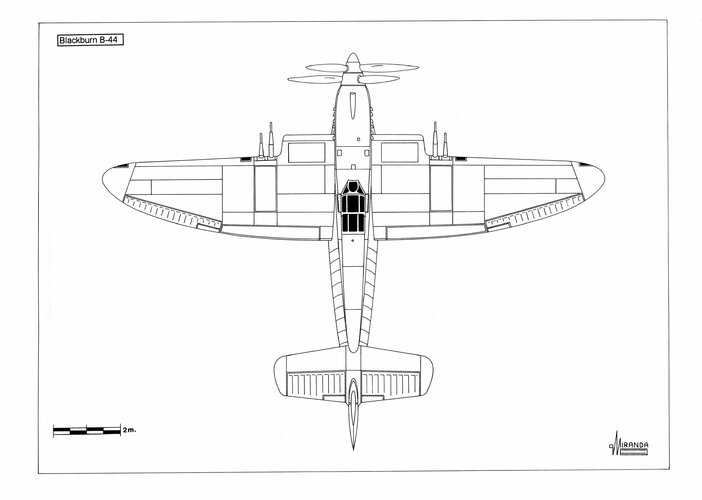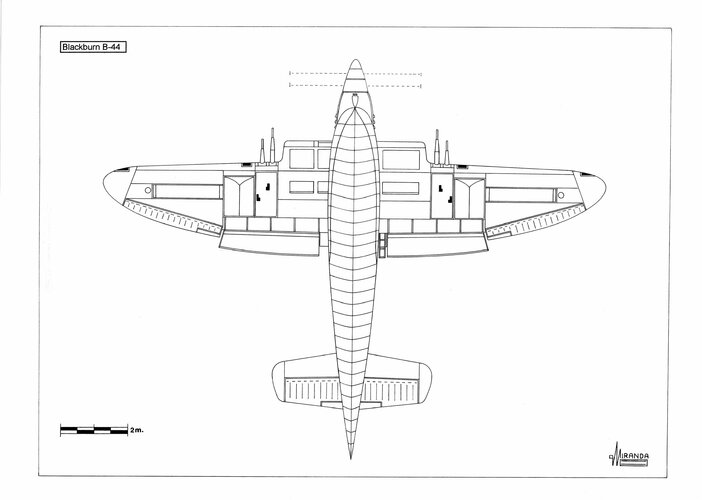I know of a number of WWI and 1920s designs for fighter flying boats--various Macchi and Caproni designs and the Supermarine Baby and related racers, for example. I also know of a number of post-WWII designs for jet flying boat fighters like the Saro and even the Convair Sea Dart.
Does anyone know of any prototypes or projects for fighter flying boats from the late 1930s and/or WWII periods? I'd also be interested in single-seat or perhaps two-seat attack flying boat designs that could have taken on a fighter role. It would be great to see what R.J. Mitchell could have done with a specification for a flying boat fighter, for example.
The only one that comes to mind for me is the Blackburn B44, a Blackburn Firebrand with the retractable hull of the Blackburn B20 experimental test aircraft. It's in the WWII-era volume of BRITISH SECRET PROJECTS. There is an artist's impression and a little info online on John "Dinger" Dell's site (scroll down).
I am specifically asking about flying boats, not float seaplanes. There are a lot of single- and twin-float seaplanes that would fit the bill, I am talking about aircraft with boat hulls, whether amphibious or water-only flying boats.
Does anyone know of any prototypes or projects for fighter flying boats from the late 1930s and/or WWII periods? I'd also be interested in single-seat or perhaps two-seat attack flying boat designs that could have taken on a fighter role. It would be great to see what R.J. Mitchell could have done with a specification for a flying boat fighter, for example.
The only one that comes to mind for me is the Blackburn B44, a Blackburn Firebrand with the retractable hull of the Blackburn B20 experimental test aircraft. It's in the WWII-era volume of BRITISH SECRET PROJECTS. There is an artist's impression and a little info online on John "Dinger" Dell's site (scroll down).
I am specifically asking about flying boats, not float seaplanes. There are a lot of single- and twin-float seaplanes that would fit the bill, I am talking about aircraft with boat hulls, whether amphibious or water-only flying boats.

